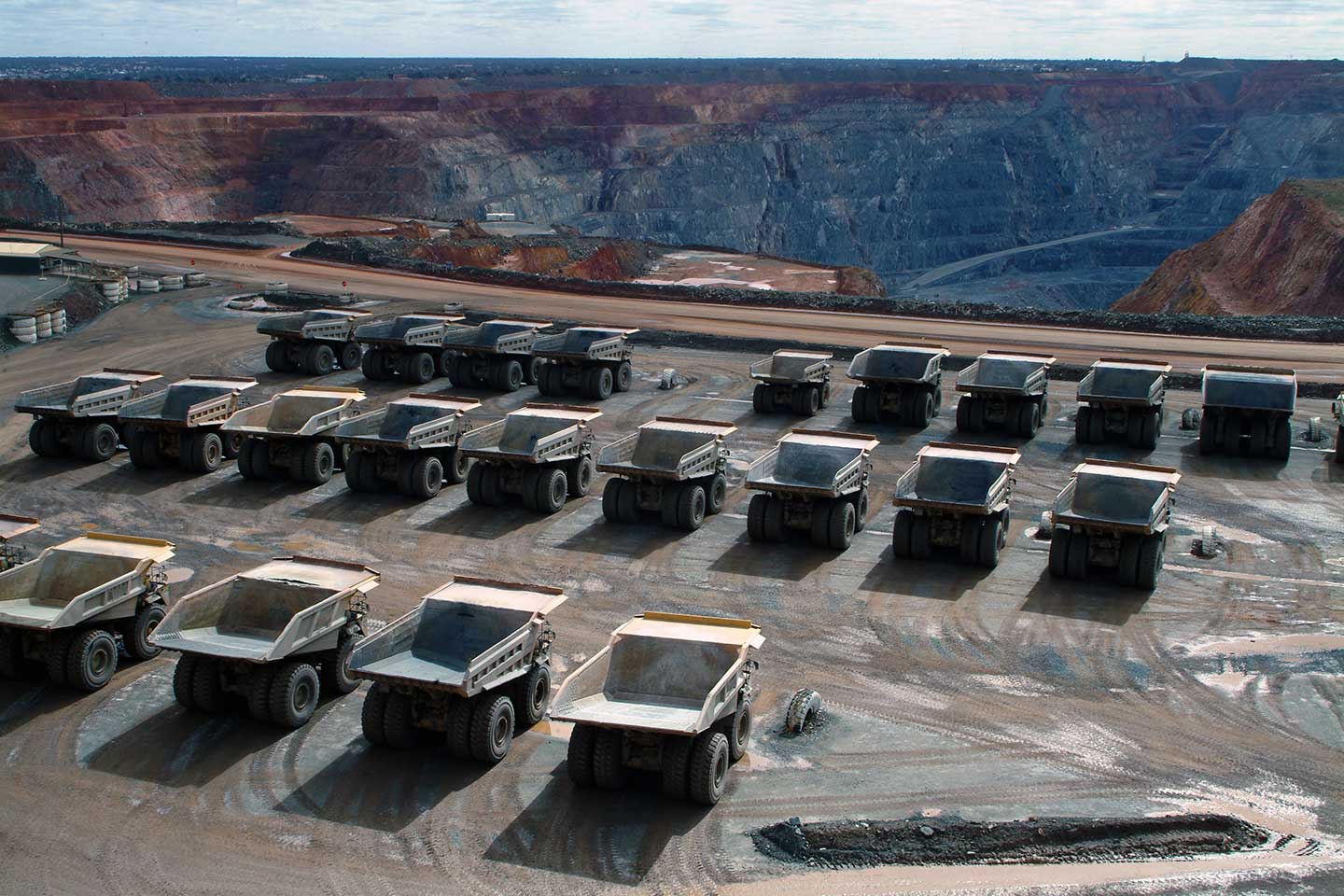

The strength of the mining industry in Western Australia means that it is at the forefront of early adoption of disruptive technology and software when compared to other industries. Fortescue has rolled out over 168 autonomous haulage trucks and a fleet of Ford Rangers, with autonomous vehicles becoming prevalent on many mine sites whilst legislative hurdles prevent the same from happening on public roads.
According to a Microsoft blog post, BHP switched to augmented and virtual reality using Microsoft’s HoloLens 2 during COVID to provide remote training and support whilst lockdowns and travel bans were in place. Current market conditions and high value for commodities enables initiatives like this to be financially viable, with creative solutions to make mines more safe, more productive or save costs becoming increasingly common.
The challenge that is not often considered with the above advancements is that real-time communication solutions require high bandwidth, low latency networks delivering dedicated data speeds. In fact, the whole mining process from exploration to drilling, feasibility, construction and finally production are these days largely dependent on having business-grade connectivity, often in the most remote and isolated parts of our great state of WA and beyond.
Tier two and three miners may not be using the same advanced technology, but their requirements for real-time data and collaboration means that access to cloud platforms like InFlight, Office 365 and deposit modelling software SURPAC are critical to their success and day to day operations. This, coupled with their communications requirements to meet strict safety and OHS standards as well as good entertainment and Wi-Fi to attract staff, means that connectivity is a necessity for mining companies of all sizes.
So how can this be delivered when often the locations being surveyed, drilled or constructed are outside of traditional mobile coverage, not serviced by nbn or fixed networks and can be subject to change either daily or over time? The answer lies in understanding the project, and matching the most commercially appropriate communications solution with what can be made available in the locations – and of course choosing the right partner.
From exploration right through to production, each stage of the mining process has different technology and connectivity requirements. An example of the typical connectivity infrastructure at each stage of a project has been broken down below.
Stage 1: Exploration
This stage is characterised by shoestring budgets and requires highly mobile solutions that use a range of connectivity mediums based on what is available nearby. During this stage it’s typical to see explorers using satellite phones, mobile broadband solutions where network can be made available and also portable communications trailers and skids that can be quickly deployed and easily relocated.
Stage 2: Drilling
Longer-term deployment requires significant data to be communicated back to head offices for analysis. Rental of communications equipment including trailers and skids is common, and equipment is usually fully self-contained with solar arrays and battery built-in whilst permanent power is provided to the site.
Stage 3: Feasibility
This stage of the process requires consultation with your connectivity partner to provide accurate pricing for infrastructure and fibre builds and to navigate the challenges of working in WA in terms of geology and geography. Miners need to work with partners that understand their timeframes from conception to completion, and that have a proven track record of working to allocated budgets.
Stage 4: Construction
In this stage, arrangements are often made to have permanent communications structures constructed in order to service the build, and for future requirements for camp networks and into production. Fibre connectivity is usually sourced from the nearest point of interconnect and either cabled or transmitted via microwave radio broadcast to the site. Temporary camps used in construction can benefit from public Wi-Fi, both for entertainment and for maintaining employee satisfaction through connectivity with loved ones at home.
Often, IP cameras can be installed at this stage of the project for time lapse of the build and visibility for directors, stakeholders and financiers. This stage typically first sees the camp constructed, including TV and entertainment systems and public Wi-Fi networks for personal use. Voice communications both locally and to the outside world are also set up at this stage to support site managers, medics, administration staff and OHS personnel.
Stage 5: Production
Now that a carrier grade network is operational, bandwidth is usually increased on the link to support the production side of the mine in addition to camp requirements. Private broadcast networks are set up to support wireless telemetry, blast sensors and remote offices on the site. Redundancy is typically established at this point with satellite or mobile services to provide a failover in the event of an outage.
Stage 6: Support and maintenance
The completion of the project isn’t the end. Maintaining communications and systems throughout the life of the mine is critical. Things change from day to day, and miners need to work with partners that will support them as they expand their mining areas.
The value that a technology partner adds in this space is to provide insights into what your industry other industries are doing. If you want to work with a partner that understands your operation and can support you at every step of the above journey, reach out to Telstra Business Technology Centre Perth South on 1300 4BUSINESS or info@tbtcperthsouth.com.au for a coffee to discuss how we can get solving for your project.













